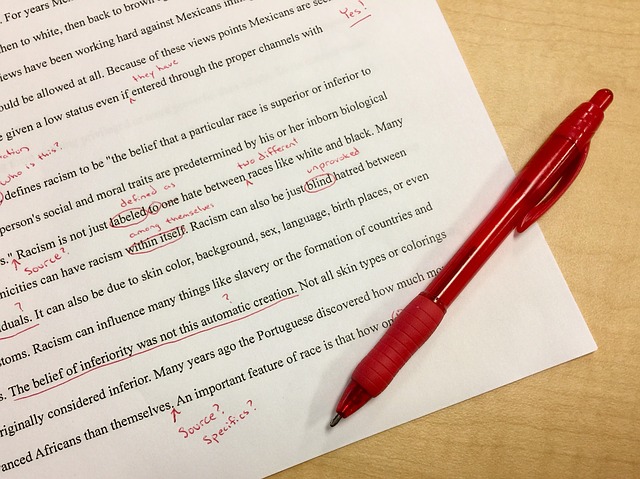An earlier Muze Tap divided creative writing into two separate processes, tree shaking then jelly making, brainstorming material then selecting and arranging it, going with the flow and then building a channel for it. No matter what metaphor we use, it’s important to remember each mental process doesn’t happen just once. Writers move constantly back and forth between spontaneous outpouring and critical assessment, between imagination and craft, between the stuff they wanted to write and the stuff they have to write because the stuff they wanted to write is telling them to.
This writing and rewriting is almost like breathing, pulling new material into your text and expanding it, then cutting out material that has become extraneous and watching it contract.
The basis for this enterprise of creative shaping is the zero draft, a draft so rough it doesn’t even qualify as first!
A zero draft springs largely from dedicated tree shaking but forays into jelly making may also contribute to it—the important requirement is that in this draft, you have written through to an end. The ending will undoubtedly change as you begin to shape your piece; you may even wind up rejecting it. But its provisional existence means that you have slogged through the terrifying middle, silenced the voices of doubt, and come out on the other side. It means you have the sketch of a world and a rudimentary arc of action. You’ve got something to work with.

Here are some tips about generating a zero draft:
- The importance of writing through to an end is worth repeating. Keep encouraging yourself to push forward, even if you’re feeling uninspired, uncertain, even foolish. This is the truth: there is little correlation between how we feel as we write and the quality of our writing! Words that seem to come like divine inspiration may read like sludge the morning after, whereas words squeezed like blood from a stone may shine like jewels over time.
- Begin anywhere. If the great American opening sentence doesn’t spill out, opt for something banal and clumsy. Chances are the sentence that starts you writing won’t start your writing in its final form anyway.
- Follow impulses—the pull of a character, image, or anecdote–even when they seem to take you in a direction you didn’t intend to go. If you hit a dead end, you can always double back and resume your course. The zero draft is supposed to contain too much. It’s much easier to trim excess than create from scratch, so write knowing there will be waste.
- Let go of perfection. Writing usually takes many sittings, and when you begin one, it’s useful to look back over what you created during the one before. A little tweaking is allowed, but try to resist the obsessive polishing of one part—long word searches, reframing individual sentences until they sound just right. What you lose in perfection, you gain in spontaneity and propulsion, energizers for the zero draft.
Do you have any other tips that have worked for you? Share them with us!

